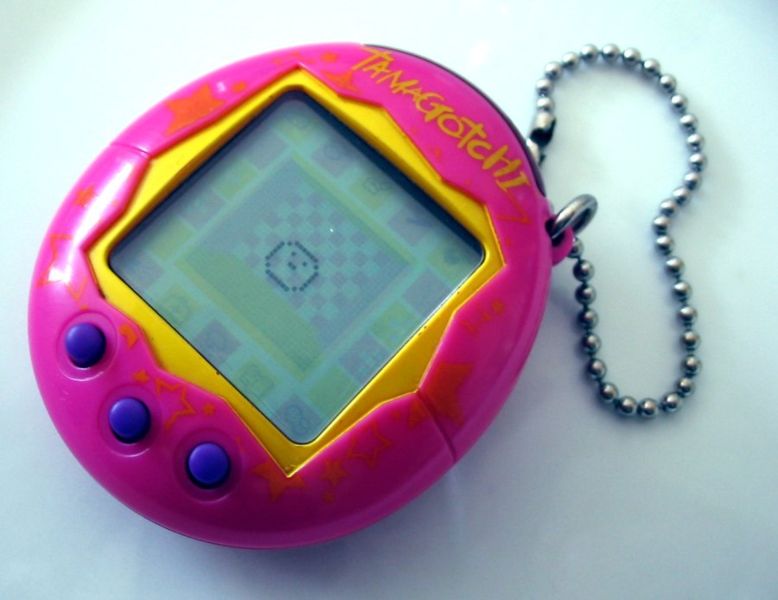Ebonics is an interesting topic because to some, it is a way of life. Ebonics, which is a portmanteau of ebony and phonics, is the vernacular that is common among poorer, lower class inner city residents. Although it is entirely based on English, an outsider would be perplexed by the complexity with which this popular slang has evolved. Terms in ebonics are often derived from the creator's personal experience or the likening of an object to another. New York is considered one of the epicenters for the evolution of ebonics, and many popular slang words used in a young person's vernacular today were originated there. In this case, the medium is the message because the language is the message and the vessel through which it travels. Not only are there a complex list of vocabulary words that one must master in order to be fluent in ebonics, but there is also the matter of inflection. Different words have different meanings, and inflections can help an individual contextualize the situation. This also goes along with the theme of decoding messages because the meaning of certain phrases and words vary. One may misinterpret something's meaning, resulting in conflict or discontent. Although the language flourishes in many urban areas, there is still a stigma against it. People who are not used to hearing it assume that people of a lower class speak it. However, it is used by many races and cultures that live in diverse cities like New York. The culture of one group permeated into society and has become a vital part of it.
Here is a list of common ebonics phrases.
Fly - good
Supafly - very good
don't be trippin' - Do not be anxious (a difficult word to translate)
keepin' it real - keeping things in prespective to reality






